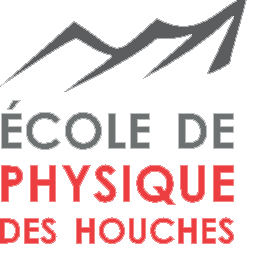Speaker
Description
The main goal of the GBAR (Gravitational Behaviour of Anihydrogen at Rest) experiment is to test the week equivalence principle for $\bar{H}$, which has never been measured directly. In order to perform that very complex experiment, ultracold antihydrogen atoms ($\approx 10 \mu K$) are needed. As it is impossible to cool down neutrals to required temperature, GBAR is going to produce the antihydrogen ion and measure its free fall after detachment of an extra positron.
Presented poster is describing the ANTION project with the main goal to produce $\bar{H}^{+}$ for the GBAR, but also to measure antihydrogen atom and ion production cross sections in reactions with positronium, $\bar{p}+ps^{*}\rightarrow \bar{H}^{*}+e^{-}- $and $\bar{H}^{*}+ps^{*} \rightarrow \bar{H}^{+}+e^{-}$. Symmetric reactions to produce $H^{-}$ are also going to be studied using a proton beam. In order to perform that measurement it is necessary to produce and trap positrons to obtain the high intensity positron pulses (up to a few $10^{10} e^{+}$/pulse). The accumulated positrons are implemented into a target made of porous silica to form the positronium. Created $ps^{*}$ cloud is used as a target for (anti)proton, so the (anti)hydrogen production could take place.
In this poster the scheme of the experiment and the current state of its construction and testing will be presented.
